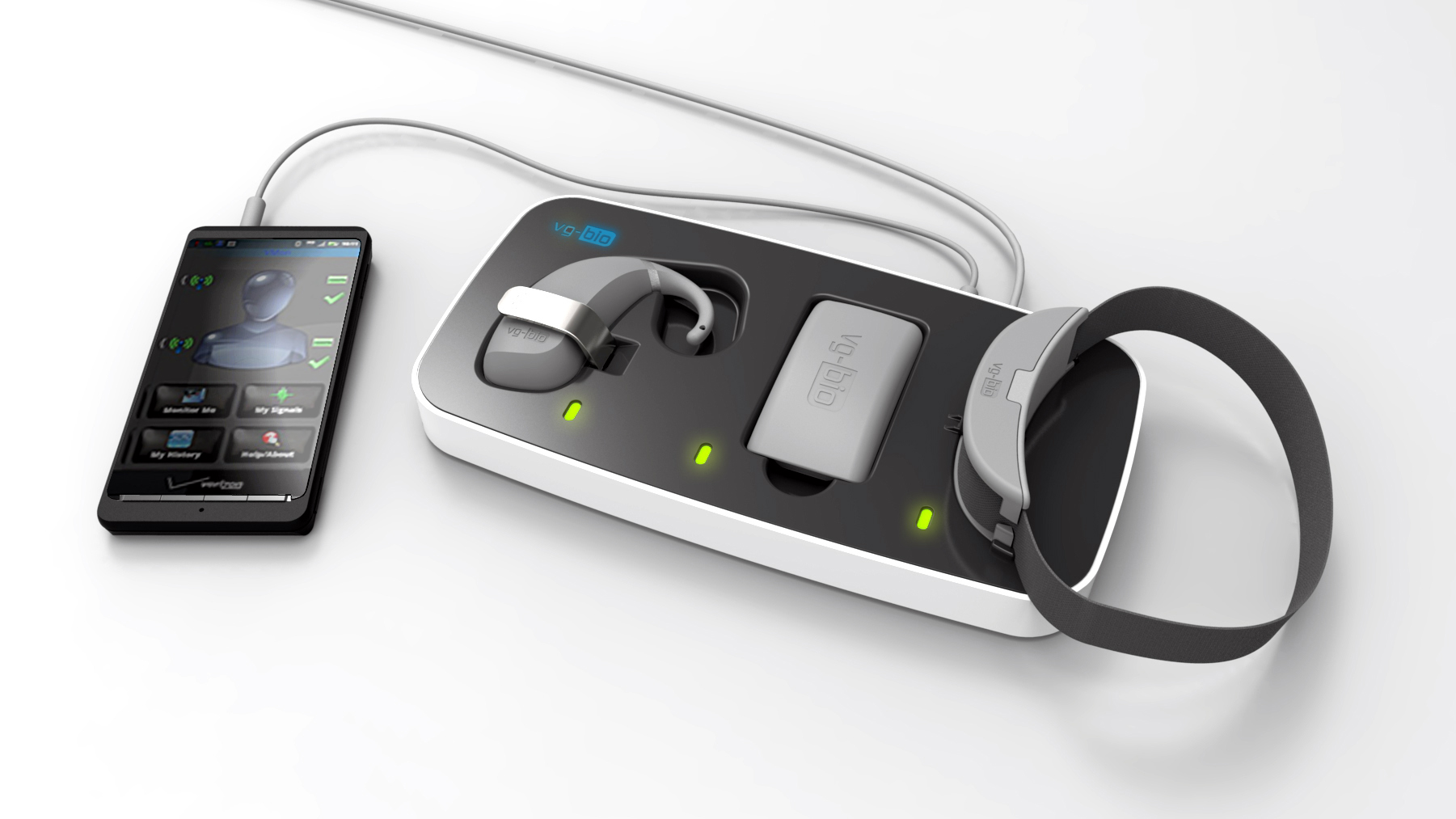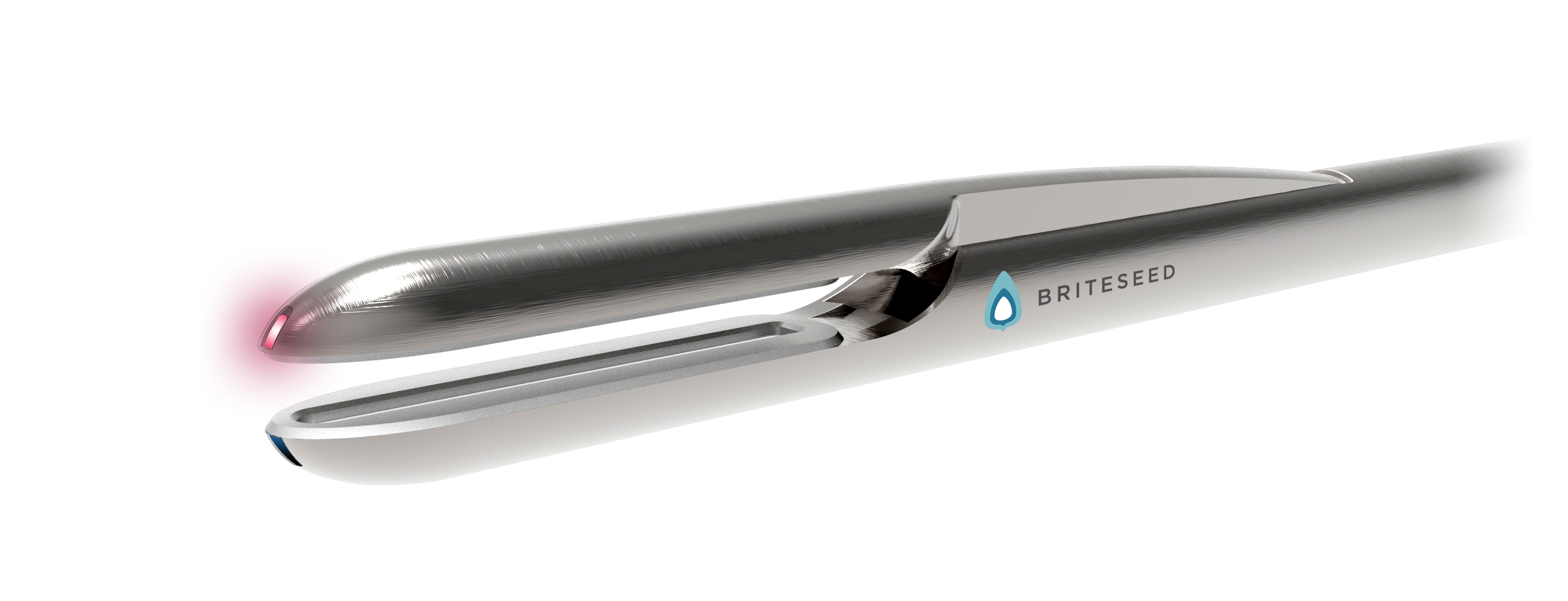4 Ways Med Device Developers Can Capitalize On The Internet Of Things
There’s no question that the growing momentum of the Internet of Things (IoT) is having a substantial impact on most industries. However, for healthcare, this momentum is particularly compelling. As connected devices begin to permeate the home environment, where individuals spend the majority of their time, they can reveal personalized insights that make possible smarter consumer decision-making regarding health matters. The technology provides cross-device communication and real-time data sharing, as well as personalized health information and trending that can influence behavior.
While there’s no shortage of opportunity, what will ultimately drive developer success is the quality of their new technologies’ connectivity, hardware system design, and comfort, as well as their ability to deliver more meaningful healthcare outcomes. The key to designing meaningful solutions with this new technology will come from first understanding people through observation, analyzing their actions and behaviors to align the solutions in a meaningful way.
When you design solutions that fit into a daily ritual or seamlessly integrate into a lifestyle, it exponentially increases the odds of adoption and market success. Once you have found a way to fit into a user’s lifestyle, the next big development step is to present content that is relevant not only to the primary user, but to all stakeholders who will use the information.
Leveraging our understanding of user needs today, the most successful connected innovations of tomorrow will stitch together a seamless experience where devices work together to provide actionable content, enabling the following key benefits.
Strategic Curation Of Information
With the proliferation of fitness trackers and health apps, there is no shortage of personal health information available to caregivers today. This information overload provides substantial opportunity for developers, but it challenges caregivers to efficiently and effectively leverage the correct data in quickly diagnosing and treating underlying patient health issues. In the course of our healthcare research, time and again we’ve heard doctors request “less data, more meaningful content.”
Caregivers want clear, concise information they can act on - not more data to review. A connected solution can directly respond to this challenge and reduce the substantial amount of time caregivers spend on the administrative task of recording this information, ultimately allowing them to devote more time to patient care.
 Chicago startup and Insight Accelerator Labs member PhysIQ is one example of a developer focused on curating only the most important health information to improve health outcomes. Having just earned 510(k) clearance from the U.S. Food and Drug Administration (FDA), the company’s personalized physiology analytics system analyzes a user’s physiological data — including heart rate, respiration rate, oximetry, and blood pressure — to create a personalized baseline for each user, making it possible for physicians to identify exacerbations early.
Chicago startup and Insight Accelerator Labs member PhysIQ is one example of a developer focused on curating only the most important health information to improve health outcomes. Having just earned 510(k) clearance from the U.S. Food and Drug Administration (FDA), the company’s personalized physiology analytics system analyzes a user’s physiological data — including heart rate, respiration rate, oximetry, and blood pressure — to create a personalized baseline for each user, making it possible for physicians to identify exacerbations early.
Instead of mining through mountains of all-inclusive health data, caregivers using the platform can be alerted to only the most relevant physiological changes within patients, those which could be early signs of a significant health event to come.
Information Accuracy
A connected technology is only as useful as the accuracy of information it collects. Thankfully, not only has sensor technology become more sophisticated — measuring everything from eye movement and physical gestures to body temperature and perspiration rates — but also less expensive. In fact, sensors’ ability to provide real-time feedback with amazing accuracy is a key driver in the growth of the IoT.
Take, for example, Google’s new self-driving car. Early testing has revealed the car’s sensing technologies yield such accurate information that the technology outperforms humans in accident avoidance, and therefore has the capacity to reduce the number of overall road accidents.
While accurate information has great value in enabling a self-driving car to reduce accidents caused by human error, accuracy becomes even more important when you’re dealing with healthcare.
 Chicago startup Briteseed is uses near-infrared (NIR) spectroscopy sensors in its Safesnips technology for surgical cutting tools, helping surgeons to avoid accidental cuts before they happen in minimally invasive surgeries. Given the risk to patients from accidental cuts during surgery — whose repercussions can range from longer recovery times to serious injuries or, potentially, death — information accuracy in this case clearly leads to better health outcomes.
Chicago startup Briteseed is uses near-infrared (NIR) spectroscopy sensors in its Safesnips technology for surgical cutting tools, helping surgeons to avoid accidental cuts before they happen in minimally invasive surgeries. Given the risk to patients from accidental cuts during surgery — whose repercussions can range from longer recovery times to serious injuries or, potentially, death — information accuracy in this case clearly leads to better health outcomes.
Incentive-Based Adherence
Beyond well-curated information collected with a high degree of accuracy, developing incentive-based solutions that drive user adherence is another opportunity for OEMs to capitalize on the Internet of Things. Not everyone has an in-depth understanding of the complicated mix of internal and external factors influencing their own physiology, or knows exactly what to do to improve their health. Therefore, new technologies that create a path to understanding patterns between these variables, and the actions that contribute negatively and positively to physiology, will be central to creating better health outcomes.
For instance, a healthcare provider might provide patients with a fitness band that works in concert with other connected devices in the home, incentivizing healthier choices with discounted health costs. An example could be something as simple as connectivity between the fitness band and a refrigerator that helps users understand the type of food they’re taking out of the refrigerator. Relative to the user’s current heart health and the available ingredients in the refrigerator, these connected devices could work in concert to provide heart-healthy menu recommendations.
In the same vein, real-time tracking of a cardiac patient’s heart rate during exercise on a home elliptical machine could inform development of a technology that immediately provides user encouragement to elevate their heart rate, within a prescribed range, to safely strengthen their compromised system. In each of these cases, the likelihood of a better health outcome increases exponentially by using connected technology.
Patient Security
Of course, before med device developers can capitalize on any of these opportunities, they must first overcome the challenge of patient security concerns. With the launch of any new technology that collects personal data, concerns surrounding unauthorized, outside access to that data are bound to exist. User fear is a natural pattern in the life of a new technology that slowly fades with that technology’s increased usage, proof of security over time, and satisfactory resolution of any breaches that occur. Even the wireless banking deposit — once considered risky — has become an accepted standard in the finance industry.
As a current example, consider Apple’s HealthKit. With the ability to amass enormous volumes of personal health data from iPhone users for third party analysis, users are wary of who may have access to their personal data through connected platforms or other devices. Conversely, the platform’s widespread reach among iPhone users enables far greater data collection and patient engagement with otherwise hard-to-reach chronic disease populations, ultimately improving the health outcomes of those patient groups.
Developer opportunities, in this case, could include more robust technologies with algorithms that better separate demographics from health data, better protecting that data from unauthorized access. Also, developers could improve integrated testing functionality to ensure a device’s collected data is valid.
Conclusions
The success of tomorrow’s medical device developers won’t be a function of cutting-edge technology development alone. Only by leveraging user research can companies uncover the leading opportunities to deliver more meaningful healthcare outcomes, and effectively compete in today’s increasingly dynamic, IoT-influenced industry.
About The Author
Steve McPhilliamy is a partner at Insight Product Development, as well as executive director of Insight’s Accelerator Labs, an accelerator program distinctly focused on health tech startups. Steve draws on more than 20 years of design experience, having established the first accelerator program in the Midwest to advance meaningful technology toward commercialization, grow the Chicago innovation ecosystem, and improve lives. He holds a baccalaureate in industrial design from the University of Kansas.
